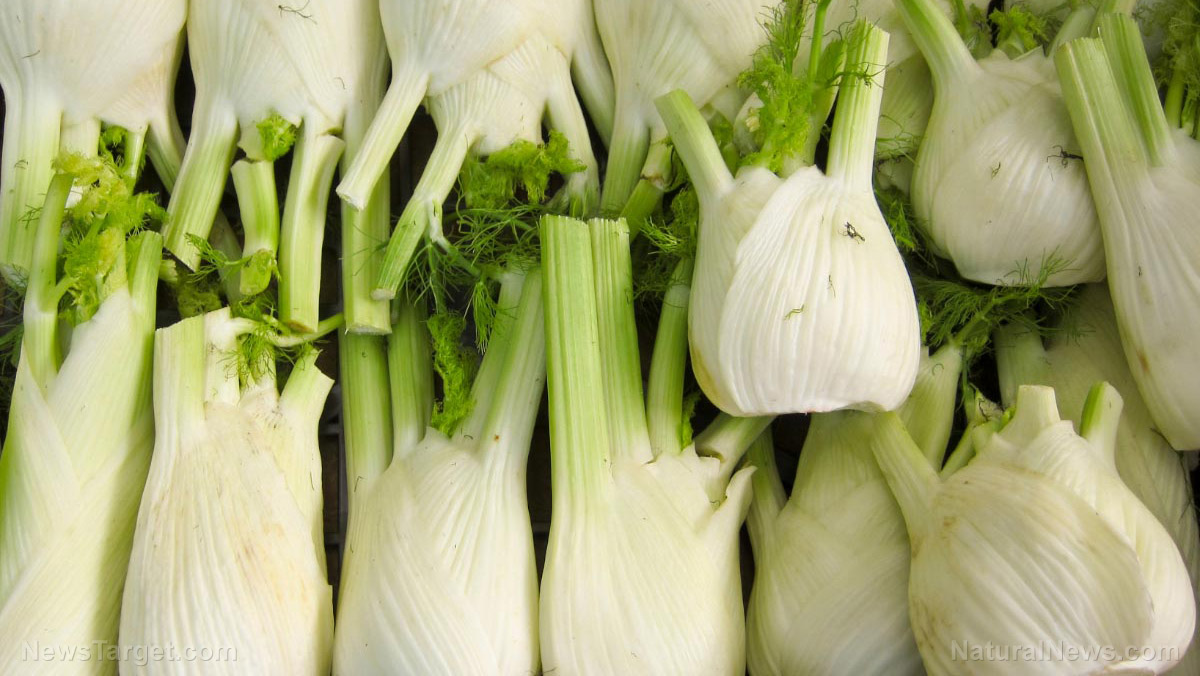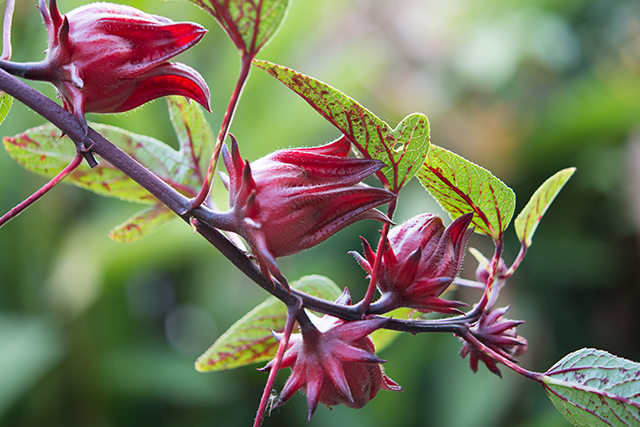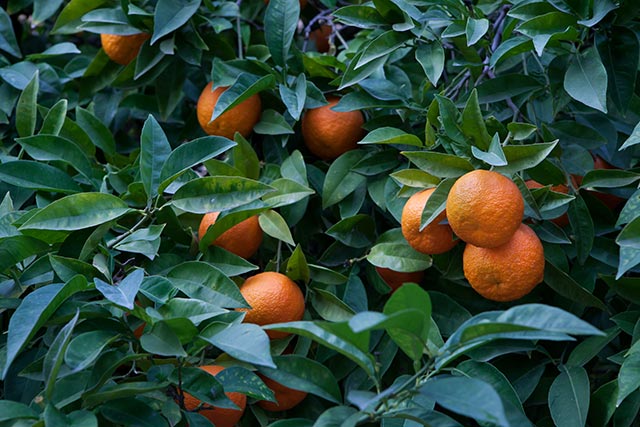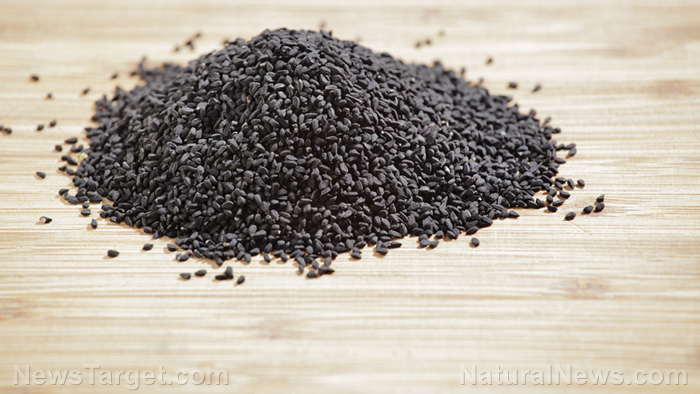A native tropical Asian plant found to have remarkable antioxidant activity
01/25/2019 / By Ellaine Castillo

A study conducted by researchers from Savitribai Phule Pune University revealed that different ironweed (Vernonia cinerea) extracts possess antioxidant activity. In the study, published in Free Radicals and Antioxidants, antioxidant activity was determined using extracts from different organs of ironweed, which were extracted using different solvents.
Traditionally, ironweed plant has been used for different medicinal purposes. This includes lowering fever, inducing perspiration and urine production, preventing spasms, and expelling parasitic worms. Ironweed also exhibits anti-inflammatory and anti-cancer effects, as well as antioxidant activity. However, previous studies have only used whole plant and leaf extracts from a single solvent for determining antioxidant activity.
Antioxidants are natural or artificial substances that stabilize the harmful free radicals in our body. These free radicals are highly reactive and when they are not in equilibrium with antioxidants in the body, they can cause oxidative stress. It is best to avoid oxidative stress since this has been associated with the development of heart disease, cancer, arthritis, stroke, and Parkinson’s disease. Many plants serve as a good source of antioxidants so that the body will not have to depend solely on the antioxidants that it produces.
For this study, different extracts of ironweed were observed for their antioxidant activities. These extracts either differed in source or in the solvent used for extraction. The solvents that were used include, water, ethanol, methanol, acetone, ethyl acetate, petroleum ether, and chloroform. Meanwhile, the roots, stem, and leaves were used as the source.
The power of the elements: Discover Colloidal Silver Mouthwash with quality, natural ingredients like Sangre de Drago sap, black walnut hulls, menthol crystals and more. Zero artificial sweeteners, colors or alcohol. Learn more at the Health Ranger Store and help support this news site.
Antioxidant activities of these extracts were determined using 2,2-diphenyl-1-picrylhydrazyl (DPPH) and 2,2′-azino-bis(3-ethylbenzothiazoline-6-sulphonic acid (ABTS) free radical scavenging assay, as well as a phosphomolybdenum assay. The results of these experiments showed that the solvents exhibited different antioxidant activities. This could indicate a difference in the type and concentration of compounds found in the extracts. Among the solvents, it was observed that methanol had the highest antioxidant activity. In addition to this, the free radical scavenging activity of the stem and leaf methanol extracts were shown to be higher compared to root methanol extract.
In order to determine the bioactive compounds found in the extracts, they were subjected to liquid chromatography and mass spectrometry (LC-MS). The researchers observed that primary and secondary metabolites, as well as intermediate compounds, were present in the extracts. In addition to this, the majority of the secondary metabolites present could be classified as the following: sesquiterpenes, diterpenes, triterpenes, steroids, glucuronides, quinones, and phenols.
Overall, the results of the study show that the root, stem, and leaves of ironweed all exhibit antioxidant activity, which can be attributed to the presence of bioactive compounds. Some examples of these bioactive compounds are phenols, terpenoids, quinones, and steroids. Because of its antioxidant activity, ironweed can be utilized as a treatment for various oxidative stress-induced diseases. (Related: Researchers find more evidence that antioxidants are key to preventing disease.)
Other sources of antioxidants
Aside from ironweed, other sources of antioxidants include:
- Blueberries — Evidence suggests that, among all fruits and vegetables, blueberries contain the highest level of antioxidants.
- Kale — This cruciferous vegetable is known for being rich in antioxidants, as well as vitamins A, K, and C.
- Beans — Kaempferol is a type of antioxidant found in beans that have been linked to reduced chronic inflammation and suppressed tumor growth.
- Beets — The reddish color of beets is caused by the antioxidant, betalain. This antioxidant has been associated with reduced occurrence of colon and digestive tract cancer.
- Spinach — Aside from being loaded in vitamins and minerals, spinach also contain lutein and zeaxanthin, two antioxidants that protect the eyes.
Learn more about the medicinal applications of ironweed by visiting NaturalMedicine.news today.
Sources include:
Tagged Under: alternative medicine, antioxidant, antioxidant activity, Free radicals, ironweed, Leaves, oxidative stress, phenols, plantmedicine, quinones, root, STEM, Steroids, terpenoids, Vernonia cinerea



















